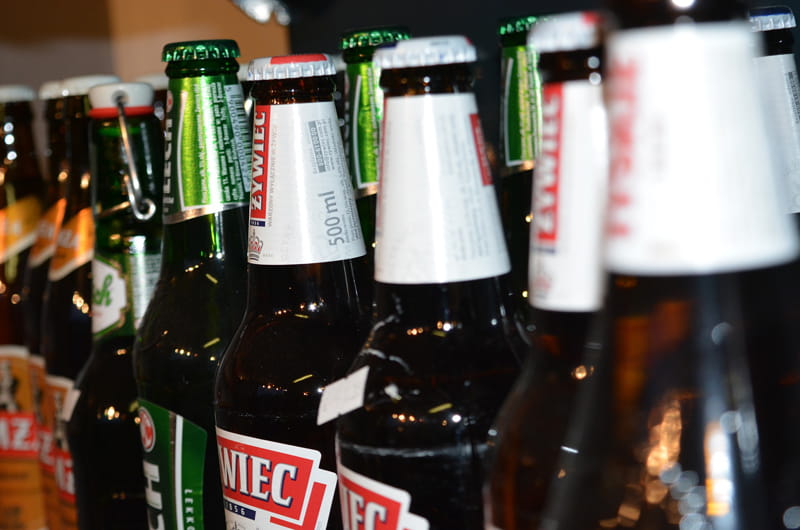In Philly, the More Places to Buy Alcohol, the More Violence
 By Frank Otto
By Frank Otto

- Drexel Selects New, World-Class Life Sciences Building at 3201 Cuthbert Street for Medical Research Operations
- Turn Happy Places and Memories into a Happy New Year
- Breakthrough on Gene Therapy for Hereditary Spastic Paraplegia
- Drexel Environmental Collaboratory Releases Cross-Sector Findings on Severe Weather Recovery Challenges

Philadelphia neighborhoods with the highest rates of poverty and the most violence also have the most stores where alcohol can be bought and carried out, according to a new study.
Led by the Urban Health Collaborative of Drexel University’s Dornsife School of Public Health — in partnership with the City of Philadelphia — the study looked into the density of these “off-premise alcohol outlets” in light of this summer’s expansion of state law to allow wine and more beer to be available in grocery stores.
“As many people know, excessive alcohol use can lead to aggressive and violent behaviors, death, victimization, injury and vehicle accidents,” said Amy Auchincloss, PhD, associate professor in the Dornsife School of Public Health, who served on the study team. “What many people don’t know is that alcohol availability is linked to a host of serious health problems.”
The team looked at data for Philadelphia from early 2016 to get a snapshot of the state of the city related to alcohol outlets before expansion from further privatization kicked in.
City-wide, the average density was 2.2 alcohol outlets per square mile, which is much lower than many other cities. But even with fairly low density, it was evident that outlets were more prevalent in the poorest neighborhoods and neighborhoods with higher percentages of black or Hispanic residents. For example, in the neighborhoods with the least residents living in poverty, the average was less than two outlets per square mile versus 3.5 per square mile in the poorest neighborhoods.
In those poorer neighborhoods, there is a much higher burden of violent incidents, according to research. For example, in 2015 in Philadelphia, per 10,000 residents, there were 130 violent incidents in the neighborhoods with the least poverty compared to 400 in the highest poverty neighborhoods.
And it appears that alcohol outlets make things worse. Even after taking poverty out of the equation, the team found more violent incidents where there were more alcohol outlets.
This was observed even in Philadelphia’s most advantaged neighborhoods. In advantaged neighborhoods (less than 7 percent of their population living below the federal poverty line) violent incidents per 10,000 population averaged 111 in areas with the fewest alcohol outlets, but that number increased to 168 in spots with at least six outlets per square mile (51 percent higher).
“Quite a lot of research has documented higher densities of off-premise alcohol outlets in neighborhoods that are disadvantaged and have higher concentrations of non-white residents,” Auchincloss said. “Poor households face numerous challenges to their health and wellbeing. More alcohol outlets in their area is an added stressor.”
“Alcohol is a drug that increases the risk of injuries of all sorts, including violent injuries,” said Thomas Farley, Philadelphia’s health commissioner. “This study should make us concerned about the effect of widening the availability of alcohol on violence in Philadelphia neighborhoods.”
The data in this descriptive report mesh with what has been found in other cities. Loni Philip Tabb, PhD, assistant professor in the Dornsife School of Public Health, recently published a study that looked into violence rates in Seattle after Washington state completely privatized its liquor sales. Using statistical modeling, she found a significant increase in violent assaults in that city for every new establishment selling alcohol.
As such, privatizing alcohol sales — which leads to the expansion of liquor outlets — has been viewed as a negative for public health. Auchincloss believes that the more convenient alcohol becomes to access in Philadelphia, the more unintended consequences will emerge, affecting poorer communities the most.
“While many people want convenient access to alcohol, our descriptive report combined with other scientific research points to serious public health consequences with making alcohol more convenient,” Auchincloss concluded.
In This Article
Contact
Drexel News is produced by
University Marketing and Communications.